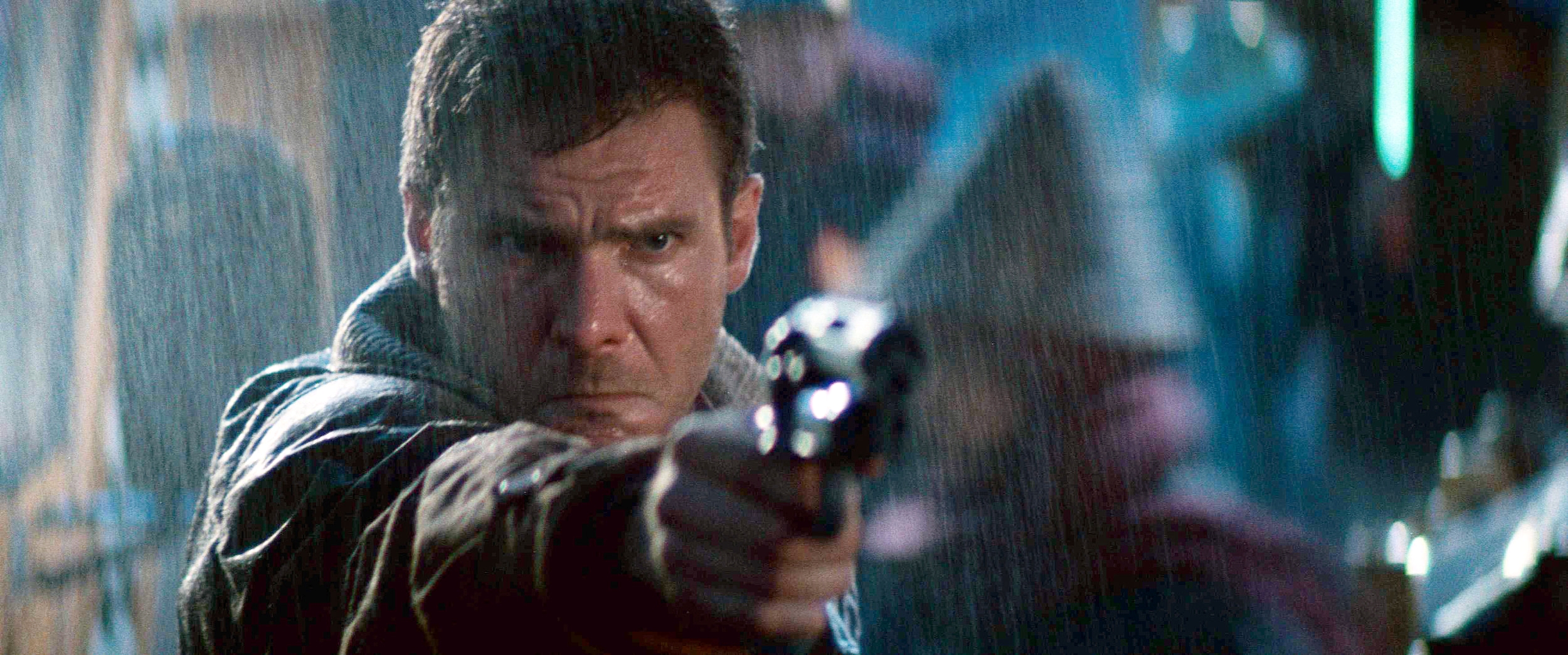Table of Contents Show
Ridley Scott’s Blade Runner is a science-fiction classic, and has remained a popular and important film since its 1982 release. This film has sparked debate among viewers as to the nature of its main character, Deckard, played by Harrison Ford. The question is whether he is a human or a replicant. Many of the choices Ridley Scott made in filming imply that Deckard is a replicant who was created for the sole purpose of hunting and killing other replicants, to be a Blade Runner.
Replicants
In order to understand this debate, it is important to understand what Ridley Scott defines a replicant as in Blade Runner (1982). The “replicants” in this film are essentially bioengineered artificial humans. They were created by the Tyrell Corporation, founded by Dr. Eldon Tyrell, to fill various roles in their society, including both soldiers and prostitutes, among others, and have increased strength and intelligence. Replicants supposedly lack emotions and have a limited life span. They were designed this way so they could be controlled more easily by Tyrell.
Tyrell went a step further with Rachael, a prototype of a new model of replicant. Tyrell implanted memories from his own niece into Rachael in an attempt to create a “pillow for their emotions.” He believed that giving them memories of human experiences would make replicants less emotional and easier to control. The “Blade Runner” career-path within the police force was created in order to “retire,” or kill, fugitive replicants. Once this is established, the viewer will notice how Scott characterizes Deckard as a replicant in this story.
Replicant’s Eyes
Scott emphasizes the human and artificial eye in his shots to draw attention to the differences between humans and replicants. Scott uses extreme close ups of replicants’ eyes as they are being “tested” to do so. The first example of this is when Deckard visits Dr. Tyrell’s home and notices the artificial owl with glowing red eyes. Interestingly, Rachael, a replicant, also has these glowing red eyes. Eyes are said to be the “window to the soul,” so it would make sense that something non-human, something artificial, would have these red, soulless, glowing eyes.
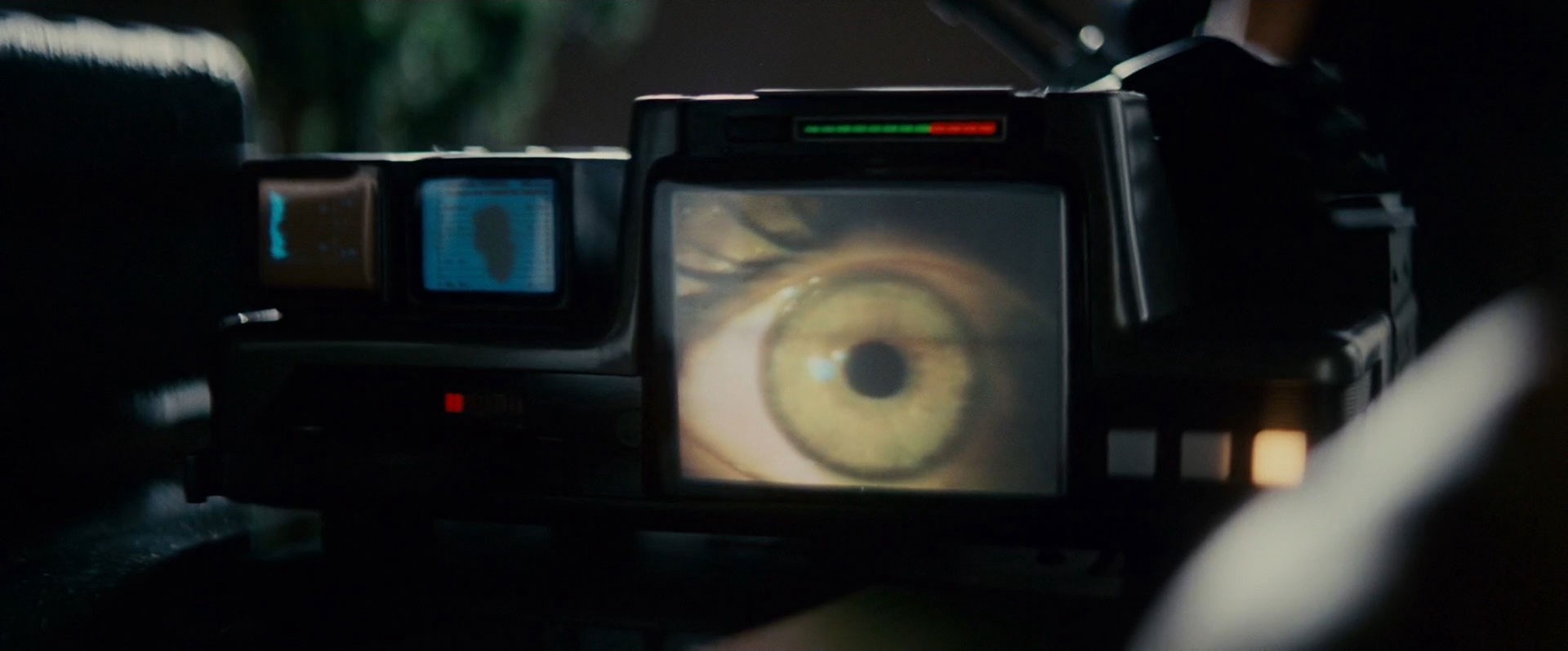
After several other incidents with known replicants displaying these red eyes, Deckard’s eyes seem to glow in the same way for a brief second, possibly indicating that he too is a replicant. Interestingly, this incident occurs after he spends the night with Rachael. Scott leaves this split-second occurrence open for interpretation by the audience, adding fuel to the debate.
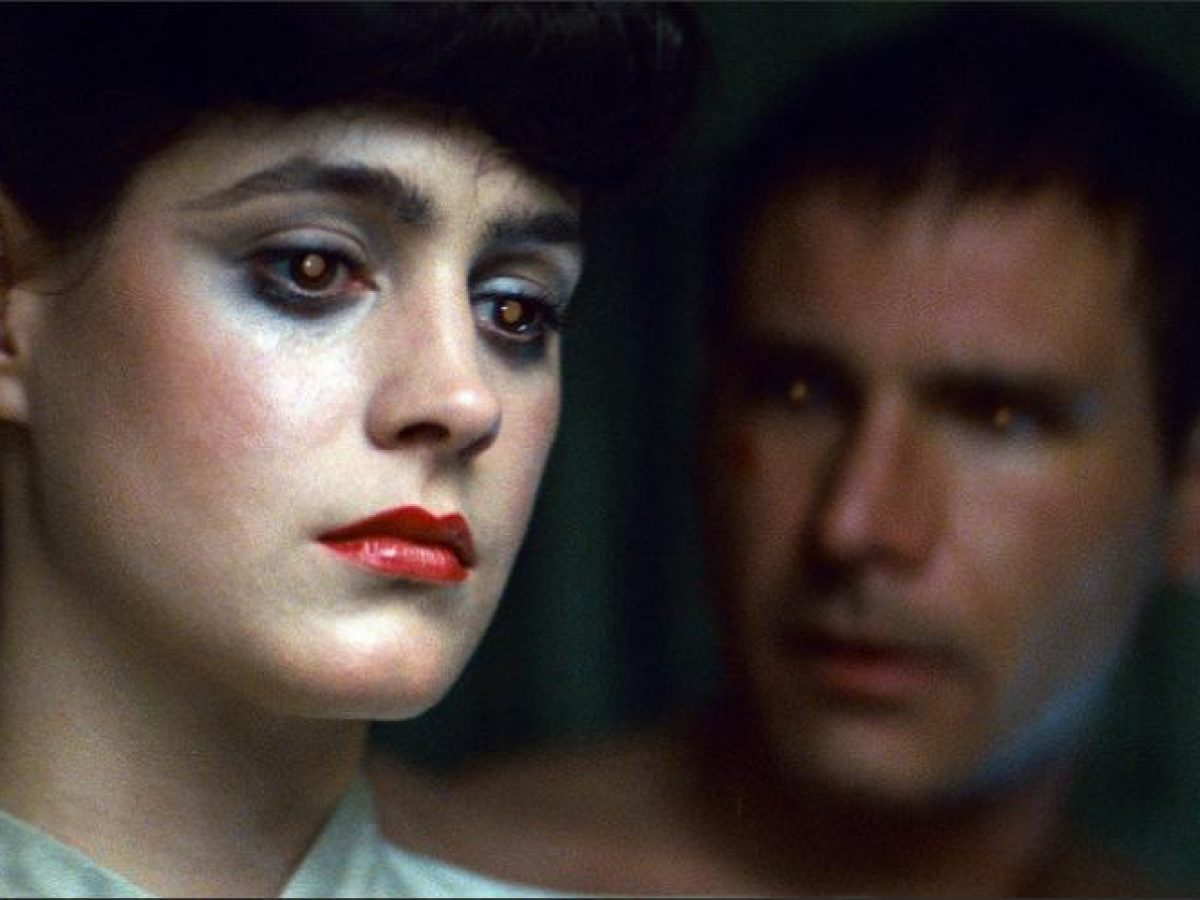
Human Emotion
While the glowing, “soulless” eyes represent the non-human replicants who are supposedly unable to feel emotion, the replicants appear to have developed human-like emotional responses throughout the film. Early on, it is mentioned that after replicants have lived for a certain number of years, they begin to develop their own emotional responses, which is why they are given a limited life span. Several of the replicants in the film have clearly begun to express these emotions. Roy Batty is one of the most lively and emotionally driven characters in the film; he even appears to be in a relationship with his fellow fugitive replicant, Priss, showing he is capable of having romantic feelings.
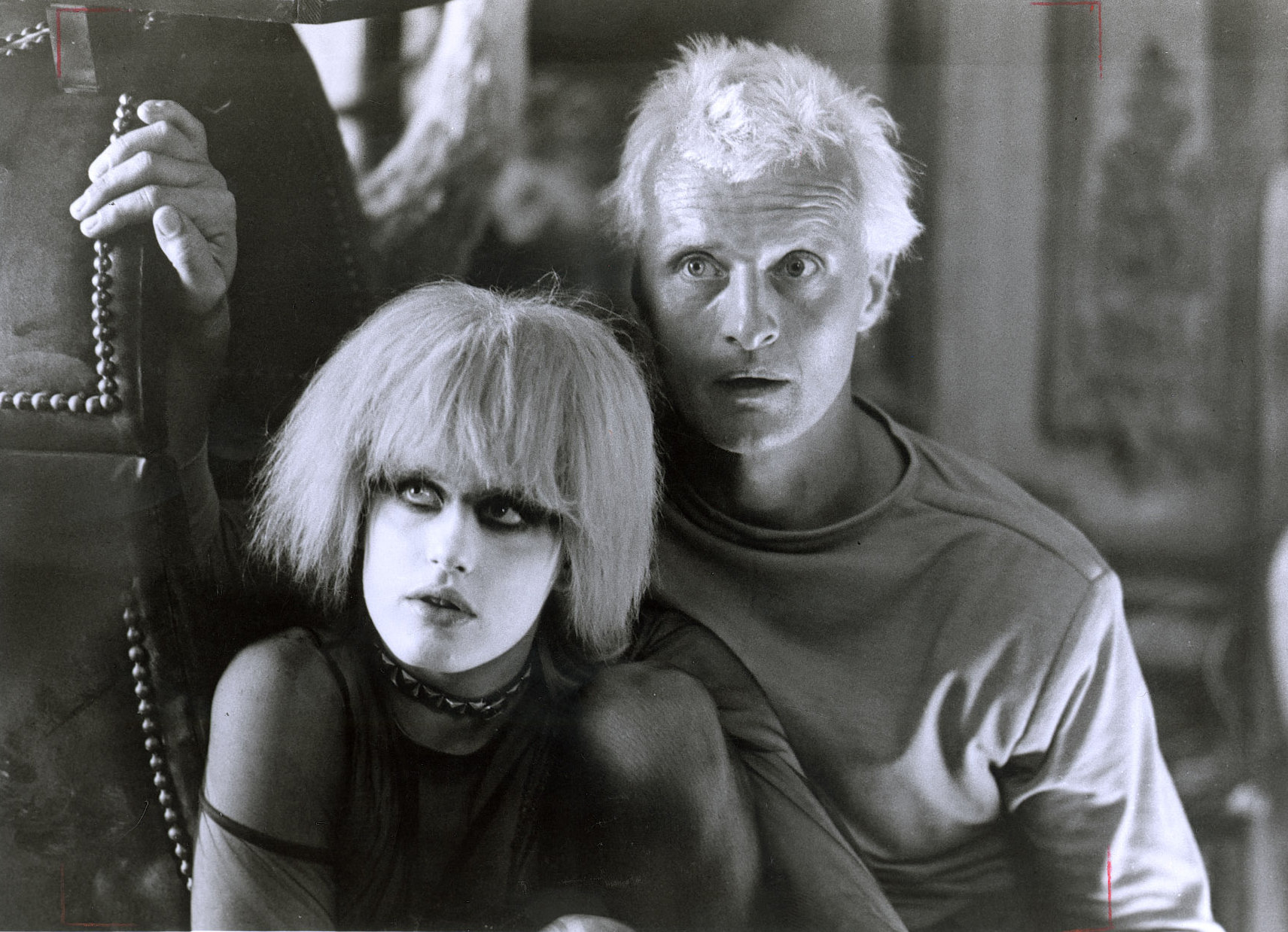
Additionally, Rachael clearly has an advanced emotional response for a replicant. She nearly passed the Voight-Kampff test, a test to determine whether or not an individual is a replicant, and she is devastated to learn that she is in fact non-human. These examples clearly show how replicants are capable of feeling, and they are not “soulless” as the police force “retiring” them believes. Interestingly, Blade Runners are supposed to suppress their emotions and kill without question, to be soulless. Deckard was supposedly one of the best Blade Runners in his day and killed frequently without feeling anything.
When the film begins, Deckard seems to be hesitant about rejoining the police force, whereas before, he had no issue with killing. He has begun to feel something. When Deckard kills Zhora, a replicant, in cold blood, he seems remorseful and has lost his taste for this career. He also worries about Rachael’s fate, and he expresses genuine feelings for her. This relationship also mirrors the relationship between Roy Batty and Priss, two replicants. Deckard’s character development suggests that he has developed more of an emotional response as he has aged, similar to the emotional arc of the other replicants in the film.
Replicants And Photographs
Replicants also seem to be fascinated with photographs. For the Nexus 6 replicants like Leon, they seem to embrace photos because they have no memories of their own. They appear to be fixated on the idea of making memories and memorializing them. Leon cares so much about these photos that he even attempted to retrieve them after he became a known fugitive. Rachael also seems to cling to photos as a way of convincing herself of her past. She had her suspicions about her nature but reassured herself with the photo of her and her mother, even though it was fabricated. This makes Deckard’s own photo collection a point of interest. Deckard looks through Leon’s photos as he sits at his piano, which happens to be covered with dozens of photos, trying to figure out their significance.

At one point, Rachael asks Deckard whether he has ever taken the Voight-Kampff test himself. Decakard eventually has a realization of the significance of replicants’ fixation with photos. They cling to photos as they cling to their own memories. These two events seem to cast a shadow of doubt in Deckard about his own nature. Consequently, the viewer is led to question his true nature as well; we question whether or not his memories have been implanted the same way Rachael’s have.
The Unicorn
A final indication that Deckard may not be human is his police companion, Gaff. Throughout the film, Gaff leaves handmade origami figures everywhere he goes. The figures seem to be Gaff’s way of taunting Deckard on the surface, but they may have a much deeper meaning. The first figure, a chicken, is clearly just a taunt as Deckard does not want to rejoin the police, but the later ones can be interpreted differently. The matchstick man left at Leon’s apartment appears to be more than a simple taunt. One way to interpret this is Gaff’s way of saying that replicants are disposable, just like the matchstick man.
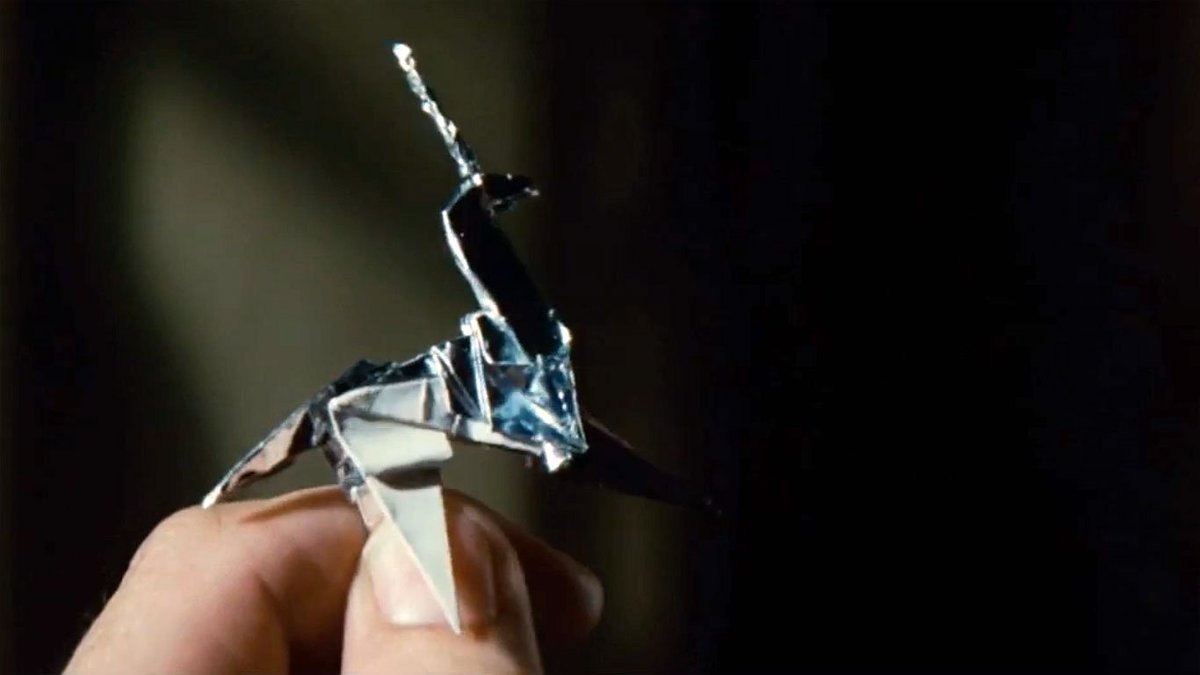
However, it may also be Gaff sparing Leon in the same way he spares Rachael. In the following scene, Leon emerges from the same doorway as Gaff did and is alarmed by the matchstick man. This interpretation seems a bit more likely as the final origami can be interpreted the same way. Later on, Deckard daydreams about a unicorn as he analyzes photos; how would Gaff know about this daydream? It is possible that he knew about it because it was an implanted image like Rachael’s memory of her mother. By leaving this unicorn, he is telling Deckard that he is a replicant and that he could have killed Rachael but did not.
Why Does It Matter?
This entire debate raises concerns about the Blade Runner universe: why does this question matter? The debate highlights just how slight the mental and emotional differences between humans and replicants are. If replicants like Deckard and Rachael can exist and not even realize what they are and be around other humans without tipping them off, there is no valid reason why they should be “retired” by blade runners. The only explanation for this desire to eradicate a race is because humans, specifically those in power, are threatened by them. The replicants in this film seem more human than the humans that created them. They show more empathy and emotion than any human character in the film. Roy Batty, for example, is portrayed as a villain by his creator, Tyrell. However, all Batty wants is to live, something Tyrell refuses him. This refusal results in the creator’s death and, ultimately, Batty’s.
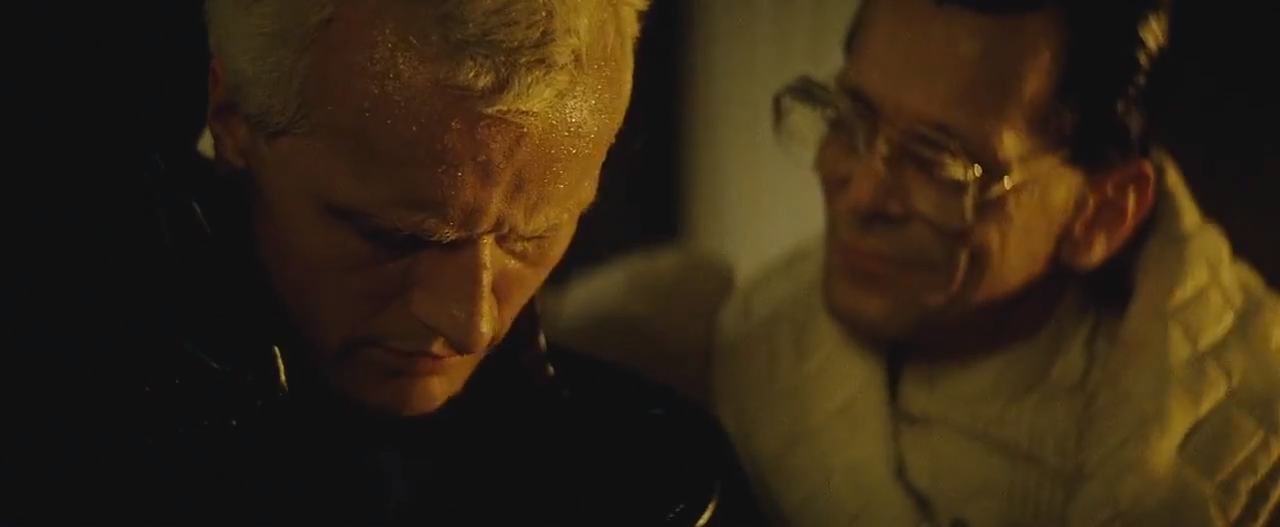
The Significance Of Batty’s Death
Batty’s death may be even more significant than this. The biblical themes in this film are plentiful, but perhaps most important is the way Batty’s character alludes to Jesus Christ. Batty appears to give himself the stigmata with a nail and holds a white dove, symbolic of Christ and the Holy Spirit or a soul. Batty uses his last moments to save Deckard’s life, possibly as a form of sacrifice. His death may have been a way of saving the replicant race, similar to Christ dying for the human race. If this is true, then his saving Deckard is significant, as he may be included in that replicant race. Batty shows mercy and compassion in saving Deckard, proving that replicants do indeed have souls; as he dies, he releases the white dove, possibly as a symbol of this fact.
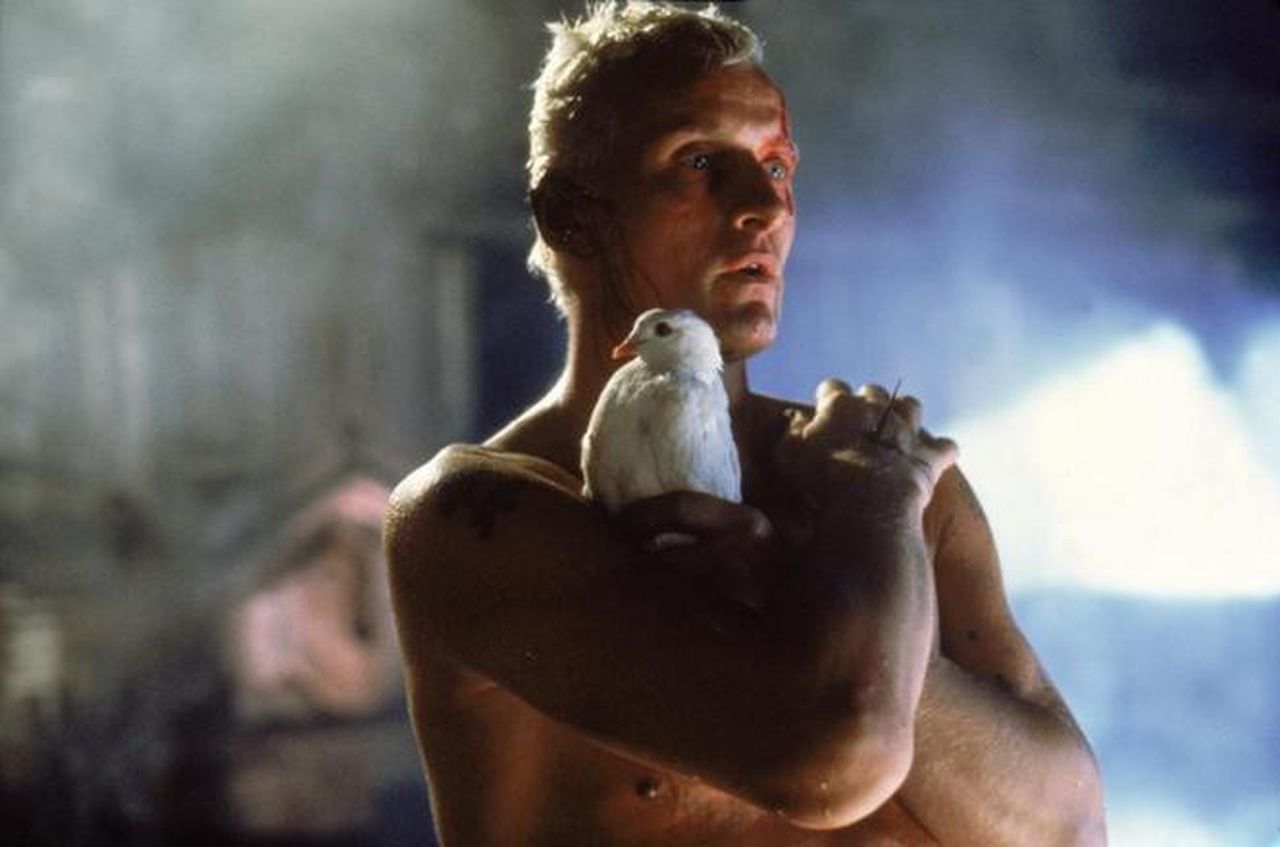
Deckard’s true nature may not be explicitly revealed in the film, but Ridley Scott certainly points to his replicant nature throughout. Each of the moments discussed was carefully plotted by Scott in order to raise doubts in the viewer and feed this ongoing debate. The issue gives the film more depth than if it were clearly defined, but after careful analysis, it seems clear to me that Deckard is, in fact, a replicant.
